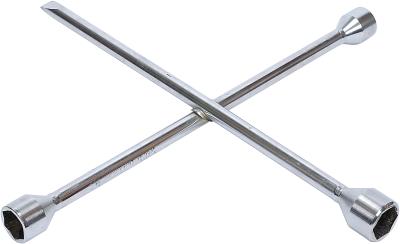
The 2006 Nissan Altima is equipped with four-wheel anti-lock disc brakes. The braking system uses brake fluid to power the piston and brake pads in the brakes to stop the vehicle. The front brake pads endure the most punishment during driving, as they are tasked with making contact with the metal rotors to bring the Altima to a stop. The brake pads require the most frequent replacement, but all of the components of the Nissan's braking system should be inspected regularly to ensure that the entire braking system is in proper working order.
Park the Altima on level ground and open the hood. Remove the master cylinder cap located near the firewall on the right side of the engine compartment. Check the level of fluid in the reservoir. If it is near the top of the container, remove half of the brake fluid with a siphon kit or baster. Place a shop rag over the master cylinder opening.
Break loose the lug nuts on the wheels corresponding to the brake pads you will be replacing. Use a lug wrench or 17 mm socket and breaker bar to loosen the lugs.
Lift the Nissan with the jack and place a jack stand beneath the axle of the wheel you are working on. Lower the Altima onto the jack stand and remove the lug nuts. Take the wheel/tire off of the wheel bolts.
Remove the caliper bolts at the top and bottom of the back side of the caliper using a 13 mm wrench. For the front brakes, turn the rotor toward the opposite side of the vehicle to allow easier access to the caliper bolts.
Lift the caliper from the caliper mount that straddles the brake rotor. Rest the front brake caliper on top of the steering arm. Use a bungee cord wrapped around the upper brake assembly to suspend the rear brake calipers while you remove the brake pads. Do not allow the calipers to hang by the brake line.
Depress the clips on the edges of the brake pads to remove them from the caliper mount. Inspect the rotor's surface. Replace the rotor if the surface is badly scored or warped.
Apply a thin layer of anti-seize or anti-squeal brake grease to the backs of the new brake pads. Place the new brake pads into the slots on the caliper mount and press them into place, engaging the built-in retaining clips.
Depress the caliper piston(s) into the side of the caliper with a C-clamp.
Place a worn brake pad against the two caliper pistons on the front brake calipers. Place the C-clamp around the worn pad and the back of the caliper. Screw the clamp to squeeze the pistons into the side of the caliper. Remove the clamp once the pistons are inside the caliper.
Place the brake caliper piston tool into the slots on the rear caliper piston, and screw the rear piston into the side of the caliper.
Return the caliper over the caliper mount with new brake pads installed. Apply brake grease to the caliper bolts, and screw them in using the 13 mm wrench.
Turn the front rotors to the neutral position, and replace the wheels onto the wheel bolts. Screw on the lug nuts by hand.
Lift the vehicle and remove the jack stands. Lower the Nissan's tires to the ground, and tighten the lug nuts with the lug wrench or socket and breaker bar. Return to the master cylinder.
Repeat the process for each set of brake pads you need to replace, keeping in mind the adjustments provided for replacing rear brake pads and front pads.
Place a funnel into the opening of the master cylinder reservoir. Fill the container with brake fluid. Replace the master cylinder cap and close the Altima's hood.